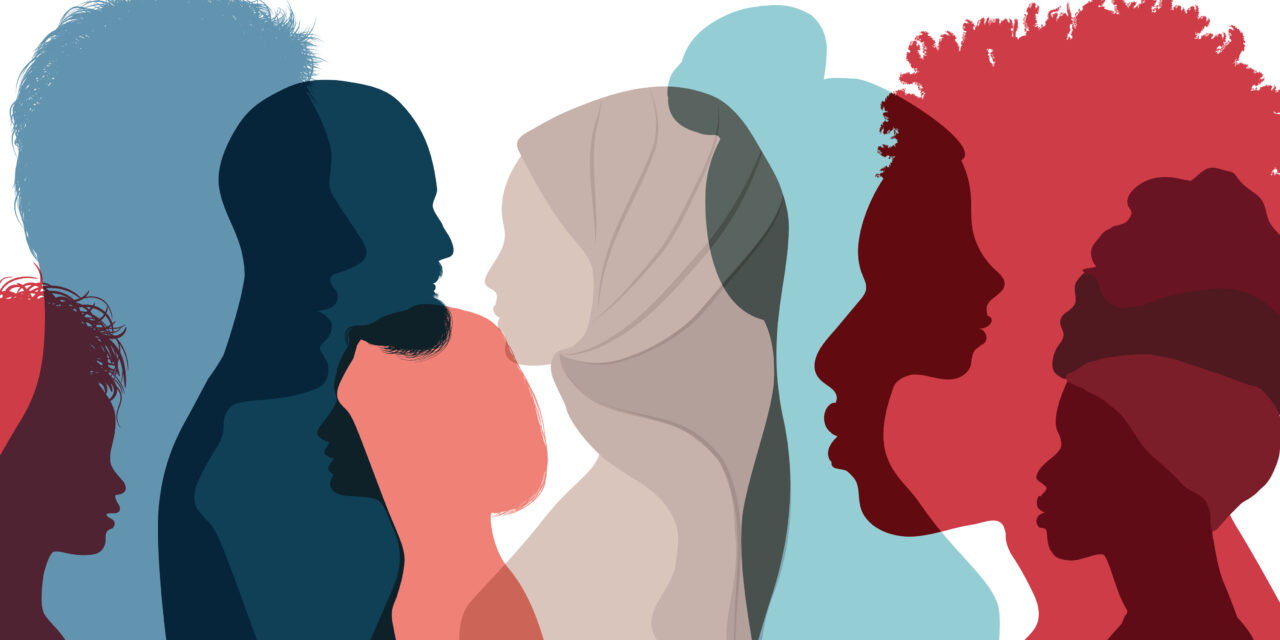As part of our efforts to amplify the AILA Law Journal, author Betsy Fisher shares a bit about her article in the newly released Fall 2023 edition of the AILA Law Journal entitled “A Fast Track to Refuge, or a Pathway to Nowhere?” in which she discusses the Priority-2 humanitarian program under refugee resettlement and the disappointing results she has seen. AILA members, read Editor Cyrus Mehta’s preview here and then access your free digital copy of the Law Journal to read more!
My career as an immigration lawyer has focused on representing refugees and displaced people outside the United States and advocating for expanded and improved U.S. humanitarian immigration programs. My recent article published in the AILA Law Journal reflects on the disappointing results I have frequently seen in one kind of humanitarian program: Priority-2 (or P-2) refugee resettlement, and seeks to identify ways to best leverage P-2 resettlement.
When a new crisis emerges or a particular group of people face mass displacement, advocates (naturally and correctly) call for members of that group to benefit from various forms of humanitarian immigration relief. One common call is for a group of people experiencing persecution to be designated as a P-2 group under the U.S. refugee resettlement program (note that this is distinct from a P-2 nonimmigrant employment-based visa). This designation allows members of the designated group to be considered for refugee resettlement, though they must complete processing steps and meet eligibility requirements to actually relocate to the United States.
Advocates calling for P-2 designations operate under the theory that a P-2 designation can bypass the requirements for individual referrals, which most often come from UNHCR. Thus, in theory, P-2 designations can be an expedited pathway for members of the group that is facing urgent threats. On some occasions, advocacy for a P-2 designation shows a lack of understanding of the limited role that a designation offers, which is understandable given the complexity of the U.S. refugee resettlement process. The article explores previous P-2 programs to identify situations where P-2s will most benefit individuals experiencing humanitarian crises.
Often people experiencing conflict or persecution are, by virtue of that conflict or persecution, unable to access U.S. resettlement processing. Refugee resettlement contains many steps, some of which require the presence of U.S. government staff or contractors to be on the ground in the country where the refugee currently lives. The U.S. government frequently faces restrictions from host governments or due to concerns for the security of U.S. government personnel that limit processing. And there are often other steps that the Department of State can take to better facilitate a group’s access to consideration of refugee resettlement. These include allowing NGOs to refer individuals for resettlement and coordinating to allow UNHCR to make shorter resettlement referrals for faster processing.
Despite this, there are situations in which P-2 groups can benefit refugee populations. This article seeks to clarify the benefits of a P-2 designation and to identify the situations in which those benefits are most likely to facilitate individuals facing persecution to relocate to safety in the United States.







